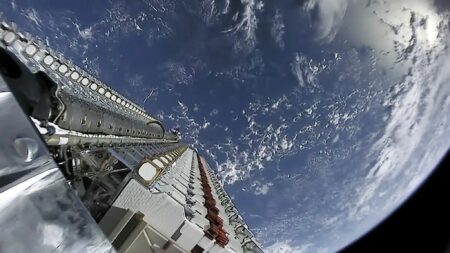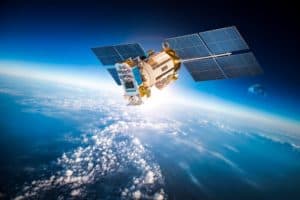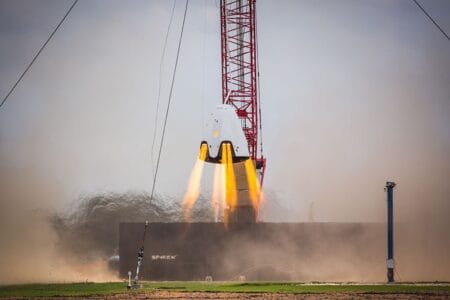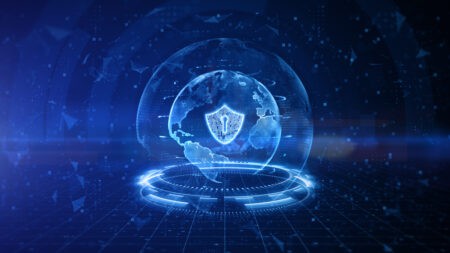SpaceX has received permission from the US Federal Communications Commission (FCC) to halve the orbital height of over 1,500 planned Internet satellites. In this way, the space company wants to reduce the risk of space waste and improve latency.
SpaceX has been working for some time on the project called Starlink, which aims to provide high speed, low latency broadband internet all over the world. At the end of last year, the company received permission to launch 7,518 satellites, in addition to the 4,425 for which it already had permission.
For the first set of satellites, SpaceX was granted permission, provided they provided a detailed plan on how to avoid space debris. That’s why the height at which the satellites will arrive will be adjusted, writes Ars Technica. The satellites had to hang between 1,110 km and 1,325 km at different altitudes. Now 1,584 satellites are coming in at an altitude of 550 kilometres.
The FCC approved the request for the adjustment of the altitude last Friday. SpaceX now reports that “Starlink production is well underway and the first group of satellites have already arrived at the launch site to be processed”. However, the FCC states that SpaceX still needs to come up with a detailed plan to avoid space debris for the rest of the satellites.
Space waste
The problem is that SpaceX designs its satellites in such a way that they burn out completely when they enter the atmosphere again. In this way, the damage caused by falling objects must be prevented. By hanging the satellites at a lower point, waste must burn up quickly as it enters the atmosphere, “even in the unlikely event that a space vehicle enters an orbit around the earth”.
According to the company, it takes “hundreds of years” for satellites orbiting the Earth at an altitude of 1,150 kilometres to enter the Earth’s atmosphere. A SpaceX satellite takes that “less than five years if it starts at an altitude of 550 kilometres”.
Another advantage is that it also reduces the latency of the communication signals to 15 milliseconds. At that point the latency according to SpaceX is hardly noticeable for users.
This news article was automatically translated from Dutch to give Techzine.eu a head start. All news articles after September 1, 2019 are written in native English and NOT translated. All our background stories are written in native English as well. For more information read our launch article.

















